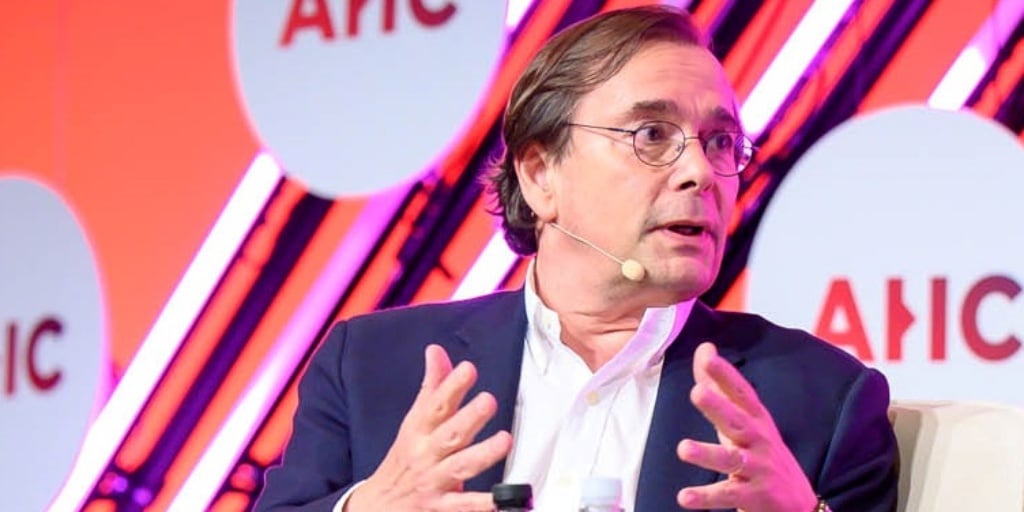Panelists discuss at NYC – the city whose hotel market never seems to stop growing.
Experts contemplate the trends, rules and regulations shaping New York City’s ever-growing and developing hotel market.
New York City is a hospitality market where stakeholders have long feared that oversupply would begin to cause substantial problems.
But just how worried should stakeholders be about oversupply in the New York City market? This was the focus of a panel discussion at TOPHOTELWORLDTOUR New York City, which was held at the Standard Highline earlier this month.
Supply is still growing
One of the most important takeaways from this panel was that a look at the project pipeline in New York City as of now indicates that supply will continue climbing in 2022 and 2023.
There are currently 30,000 keys in the pipeline, and this is on top of a market that with traditional hotels and Airbnb options combined, has already seen the number of available rooms double, said Mark VanStekelenburg, one of the panellists and the managing director for CBRE Hotels Advisory.
What this potential oversupply might mean is a shift in the way projects are approached and executed. “I think we’re going to see a shift back to strategic development rather than just getting rooms in the ground,” VanStekelenburg said.
Local legislation is a factor
Oversupply aside, another factor stakeholders in New York City are paying close attention to is local legislation, said Jodi Siegel Stein, a panellist who is a partner with Herrick Feinsten and specializes in land use and zoning law.
Siegel Stein said that upcoming local legislation in the city has the potential to create new bureaucratic hurdles, potentially a 2-year zoning process aimed at ensuring that all new hotels really fit the fabric of the neighbourhoods in which they seek to be located. This, she noted, would create a longer and more political approval process than has existed for the hospitality industry in the past.
Reasons for optimism
There are, however, also plenty of reasons for optimism within New York City’s hospitality market.
Panellist Julie Frank, senior VP of Design with Highgate, noted that a market with less demand may ultimately result in better, more fruitful development. “Often when things slow down,” Frank said, “they can then be done better than when things are busy.”
Another silver lining is that recent consumer trends have led to smaller rooms becoming more acceptable, which is a great fit for those who visit New York City.
“Small rooms are more of an urban model,” Siegel Stein added. “You don’t come to New York City to stay in your room.
[ssba-buttons]
Related articles
SHARE
[tweetshareinline tweet=”What would an oversaturated hotel market mean for NYC? Panellists at the recent TOPHOTELWORLDTOUR discussed pros and cons of this situation.” username=”tophotelnews”]
MORE NEWS
Newsletter
Best stories for you











